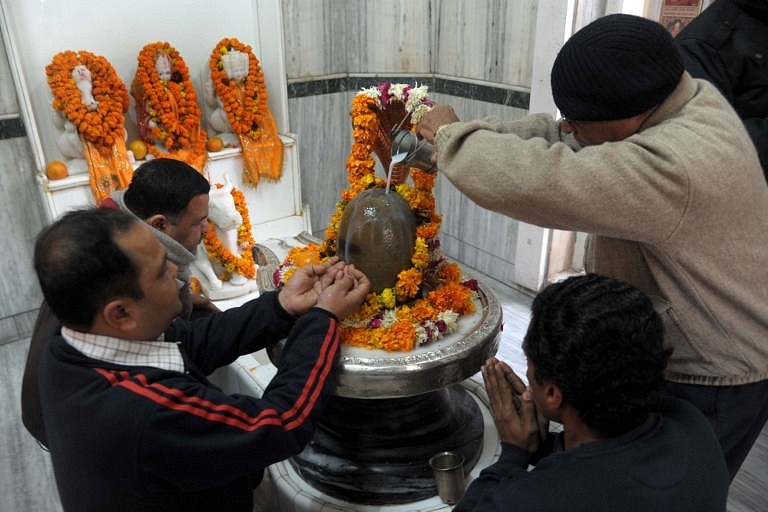Culture
What Some American Students Learn About Hinduism

Hinduism is an inegalitarian, practice-based religion and is the third-largest religion after Christianity and Islam, with more than 1 billion followers. Unlike Christianity and Islam, Hinduism is not monotheistic (i.e., purporting a belief in a single god) and has no organized worship. Hinduism is practice based rather than faith-based, which means that practices — which are often social — are more important than beliefs. Jeff Spinner-Halev writes: ‘Hinduism is concerned with legitimizing hierarchical social relationships and mollifying deities, not with faith or belief. A Hindu may be atheist, pantheist, atheist, communist and believe whatever he likes, but what makes him into a Hindu are the ritual practices he performs and the rules to which he adheres, in short, what he does’. Unlike most of the Western approaches to ethics, Hinduism categorically denies that people are equal and practices a rigid caste system. A caste is a social ordering hierarchical system in which people are ranked. Hinduism prescribes strict rules and regulations about how one is to act within one’s caste level. In some cases, the lower caste may not be allowed even to interact with the higher caste. In India’s caste system, there are four levels: (1) Brahmins — the learned, educated elites, and priests; (2) Kshatriyas — the noble and warriors; (3) Vaishyas — the traders, businessmen, and farmers; and (4) Sudras — those who serve the needs of the upper-caste members. The Sudras are further divided into the touchable and Untouchables. The untouchable take on positions considered demeaning and polluting by the upper caste, such as barbers, hairdressers, or cleaners. The untouchable Sudras are considered spiritually polluting and perform jobs such as garbage collecting. Hinduism prescribes that one is born into a caste level and it is virtually impossible to move from one caste level to the next — that is, from lower to higher levels. In Hindu society, men and women are clearly not equal. The birth of a son is a blessing while the birth of a daughter is met with misgivings. She is a financial burden to the family.
Introducing ElectionsHQ + 50 Ground Reports Project
The 2024 elections might seem easy to guess, but there are some important questions that shouldn't be missed.
Do freebies still sway voters? Do people prioritise infrastructure when voting? How will Punjab vote?
The answers to these questions provide great insights into where we, as a country, are headed in the years to come.
Swarajya is starting a project with an aim to do 50 solid ground stories and a smart commentary service on WhatsApp, a one-of-a-kind. We'd love your support during this election season.
Click below to contribute.
Latest